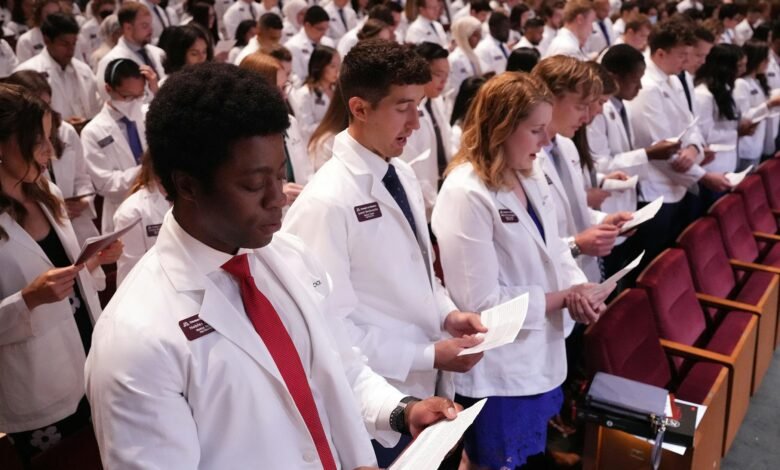
For professional students, including those in law school and medical schools, the borrowing caps are now $200,000 over a lifetime and $50,000 annually.
The package will also eliminate Grad PLUS loans, which many students rely on to cover expenses beyond the limits on direct borrowing. Those loans come with a higher interest rate but can also be used to cover room and board, transportation or even day care.
Students could take out private loans instead, but not everyone will qualify since they’re based on credit scores. Private loans have higher interest rates and may require a co-signer. They also offer less flexible payment plans and lack protections. A private lender could also decide a certain degree program isn’t worth the financial risk.
“It’s going to be a windfall” for private loan providers, Monk said.
Most students at Mitchell Hamline are working adults, Anderson said, and 75% of students take out loans to cover tuition and fees, which total $56,300 for full-time students. Living expenses and books for two semesters are estimated at $23,352. The $50,000 annual loan cap will affect some of the 50% of students who take summer classes to finish faster, he said.
Some data suggests that professional students, like those in law and medicine, were the most likely to borrow more than is now allowed by the new federal caps.
Source link



